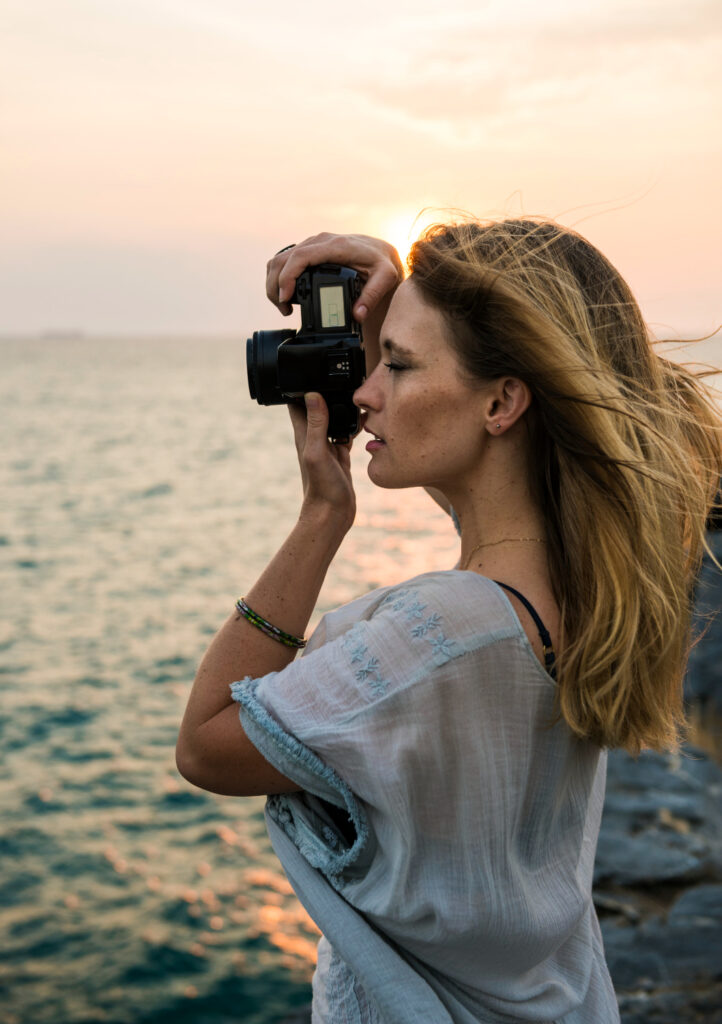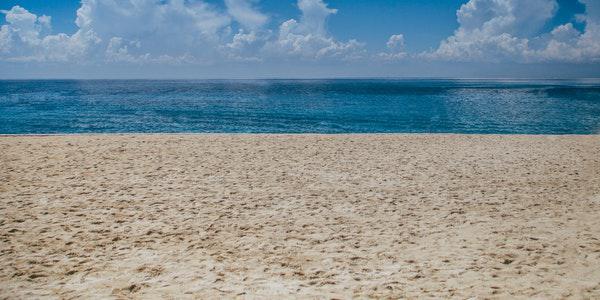Capture Magic by the Shore: 7 Tips for Stunning Photoshoots

The allure of the coastline has captivated the imagination of photographers through countless eras, offering a canvas of unspoiled natural beauty and fascinating quiet. From the delicate embrace of waves caressing the sandy shores to the vibrant hues of a coastal sunset, the potential for extraordinary photo sessions by the sea knows no bounds. So, grab your camera, head to the water’s edge, and let’s embark on a captivating journey into the world of coastal photography.
Table of Contents
Tip 1: Timing is Pivotal
In coastal photography, the timing of your photoshoot can make all the difference. To capture the most breathtaking moments, being in sync with Mother Nature’s clock is essential. The golden hours of sunrise and sunset provide soft, warm light that can transform an ordinary scene into something extraordinary.
Sunrises offer a sense of tranquility, while sunsets bring a touch of romance to your shots. Keep an eye on tide schedules and weather forecasts, too; low tides can reveal hidden treasures, while dramatic cloud formations can add drama to your photos.
Tip 2: Location Research
Before you set out for your coastal photoshoot, investing time in location research is a game-changer. It’s not just about showing up; it’s about knowing where to be for the best shots.
Start by scouting the area beforehand. Explore the shoreline, look for interesting features, and identify potential vantage points. Take note of the play of light and shadow during different times of the day. Knowing your location inside out helps you plan your compositions better. Furthermore, consider safety and accessibility.
Tip 3: Light and Composition
In coastal photography, your mastery of light and composition is the compass guiding you toward remarkable shots. Begin by comprehending the role of natural light. The gentle, diffused light during sunrise and sunset casts enchanting hues across the scene, creating a simply magical atmosphere.
When you dive into the art of composition, consider framing your shots meticulously. Utilize natural elements such as rocks or driftwood sculptures to create a captivating frame around your central subject. Implement the rule of thirds, mentally dividing your frame into a precise 3×3 grid and strategically placing key elements along these lines. After capturing these splendid compositions, you can further refine and enhance them through the skilled application of landscape photo editing, adding the finishing touches to your coastal masterpieces.
Tip 4: Gear and Accessories
The right gear and accessories are your trusty companions in coastal photography. While you don’t need the most expensive equipment, having the essentials can make a significant difference. Start with a good-quality camera. A DSLR or mirrorless camera with interchangeable lenses allows for more creative control.
Wide-angle lenses are particularly handy for capturing the vastness of the shoreline. Accessories like a sturdy tripod are crucial, especially if you plan to take long-exposure shots of waves or sunsets. Filters can help control light and reduce glare, enhancing your photos’ clarity.
Tip 5: Capturing Motion and Reflections
Adding a sense of motion and reflections to your coastal photographs can infuse them with drama and beauty. To achieve this, consider the following techniques:
- Incorporating Movement: To capture the dynamic energy of the shore, use a slower shutter speed. This will blur the motion of waves or water, creating a dreamy, ethereal effect. It’s perfect for conveying the constant ebb and flow of the sea.
- Embracing Reflections: Seek out still pools of water or wet sand after a wave has receded. These surfaces can act like mirrors, reflecting the colors of the sky or interesting objects nearby. Position your camera low to capture the reflections more prominently.
- Long-Exposure: For mesmerizing shots, experiment with long-exposure photography. This technique smoothens water surfaces, resulting in silky, surreal seascapes.
Tip 6: Crafting a Focal Point
In coastal photography, the central point is your secret weapon for captivating images. It’s that one element that draws viewers into your photo, adding depth and intrigue. Whether it’s a seashell, a graceful seabird, or a weathered lighthouse, your choice of focal point can make or break a shot. To use this technique effectively, position your focal point using the rule of thirds and consider adjusting your depth of field to make it stand out.
Tip 7: Post-Processing for the Flawless Touch
The journey to remarkable coastal photography doesn’t end when you click the shutter; it continues with post-processing. You can adjust colors to make the sky’s hues pop or fine-tune the contrast to bring out the textures of the shore.
Sharpening your images can add that extra crispness while removing distractions from the background ensures your focal point shines. Various editing tools and software are available, from beginner-friendly options to more advanced ones. The AI image replacer can effortlessly remove any distracting elements from the background, ensuring that your carefully chosen focal point takes center stage.
Tip 8: Utilize Online Photo Editors
Adobe Express Online photo editor offers a convenient way to enhance your coastal photographs further. With many tools and filters, you can refine your images to perfection without expensive software. Whether you want to adjust colors, apply artistic effects, or remove imperfections, these editors provide versatile solutions for elevating your coastal masterpieces. Explore different platforms to find one that suits your editing style and workflow, and unlock new possibilities for expressing the magic of the shore through your photography.
Conclusion
In coastal photography, the shore unveils its magic to those who seek it with an observant eye and a camera in hand. Remember the pivotal role of timing, the importance of location research, and the artistry of understanding light and composition. Equip yourself with the right gear and accessories, and learn to capture motion and reflections that mesmerize. The significance of including a compelling focal point in your frames. And when it all comes together, use landscape photo editing to add that flawless touch.
